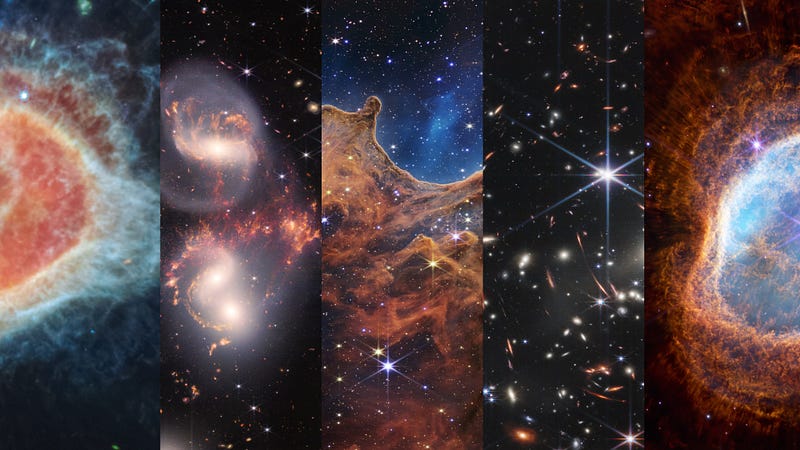Unveiling the Truth: The Reality Behind Webb Telescope Images
Written on
Chapter 1: Understanding Colorization in Astronomy
The breathtaking images produced by the Webb Telescope are indeed captivating, but it's important to note that they are colorized representations. These visuals do not depict the cosmos as they would appear from a spacecraft's viewport.
The incredible resolution of the Webb Telescope is primarily due to its ability to detect infrared light, which leads us to our first insight, particularly when major news outlets proclaim the release of “full-color images.” Even the red tones present in these images have been artificially enhanced, as the longer wavelengths are not visible to the human eye.
> While this does not imply that the images are inauthentic, it's essential to recognize that the colors are interpretations of the data captured. The hues visible in these modified images do accurately represent variations in light emitted by these celestial objects.
This artistic representation reveals intricate structures and details that would otherwise remain hidden. The swirling dust clouds, magnificent spirals of galaxies, the effects of gravitational lensing, and the vastness of space are all present. However, if you were to gaze out of a spacecraft, you would primarily see white masses.
Section 1.1: The Media and Perception
What fascinates me is the lack of discussion regarding this topic in the media. For instance, an article I found from 2016 touches on these points. Advanced scientific endeavors, particularly those costing around $10 billion like the Webb project, often rely on visually appealing images to attract continued funding.
Subsection 1.1.1: Historical Context of Colorization

This practice of colorization is not a novel phenomenon; images from the Hubble Space Telescope were similarly enhanced, even though it operated using visible light.
Section 1.2: The Future of Astronomy
As we continue to admire these awe-inspiring images, it's crucial to acknowledge the potential breakthroughs they may bring to the fields of cosmology and physics. However, we should remain aware that these images often do not convey the complete narrative, especially in the realm of “hard” sciences.
Chapter 2: The Impact of Colorization in Scientific Communication
In the first video, titled "How Real Are The James Webb Space Telescope Images?", experts delve into the authenticity of the images produced by the Webb Telescope and discuss the implications of colorization techniques in astronomical photography.
The second video, "Colorizing Images from the JWST", explores the process of colorizing images from the James Webb Space Telescope, providing insight into how these visuals are created and their significance in the scientific community.